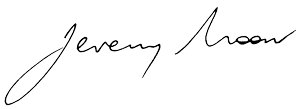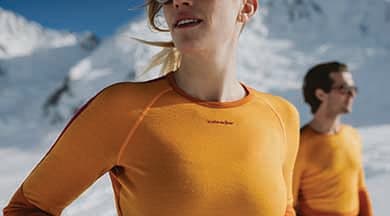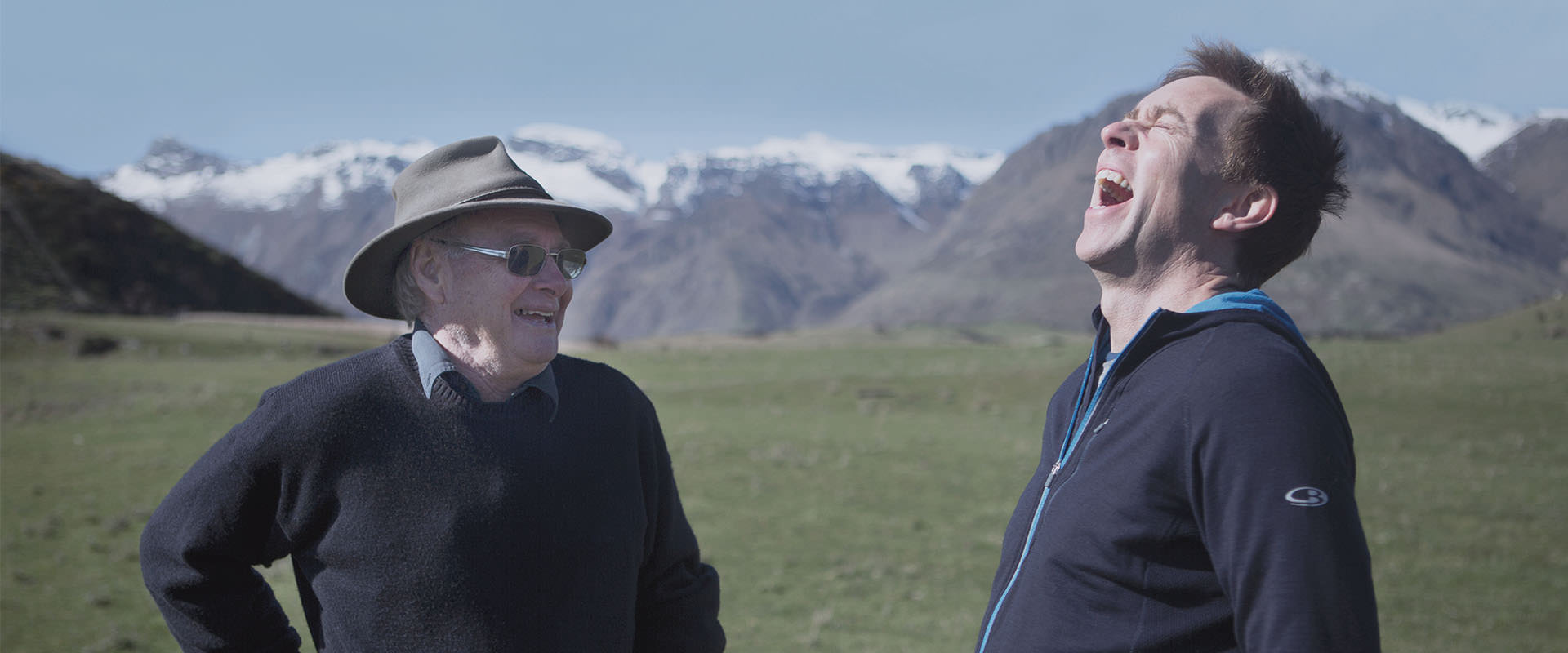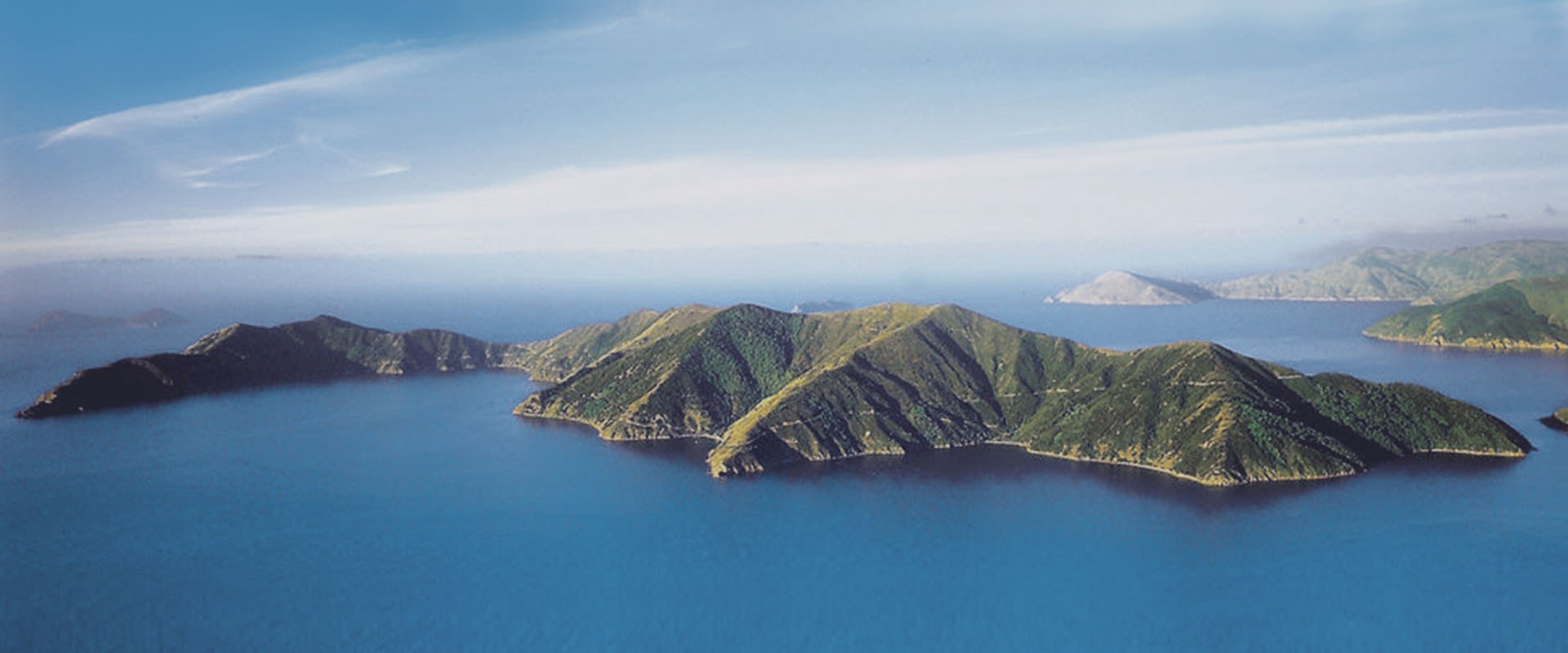Like most things in life, the good things are unplanned. My icebreaker journey started in 1994. I was 24 years old and my American girlfriend had just returned from staying on a merino sheep ranch at Pohenui Island, New Zealand.
The experience blew her mind and she convinced me it was worth meeting the farmer. A week or so later we met for lunch. The farmer, Brian Brackenridge, threw a woollen t-shirt across the café table. "What do you think?" I put it on then and there, surprising the waitress. It wasn’t what I expected at all – it felt soft and silky and incredibly comfortable – nothing like the itchy, heavy wool I wore as a kid. It was knitted from superfine merino wool shorn off the backs of the merino sheep at Pohenui Island. I wore it through lunch and didn’t give it back.
A few months earlier, I had been on a 5-day kayaking trip wearing synthetic polyester. This was the so-called ‘technical’ outdoor fabric at the time. It looked kinda cool but felt sweaty and plasticky to wear. On day two I smelt like a dog. I was shocked to find out that all synthetic outdoor fabrics - such as polyester and polypropylene - are made from plastic. It seemed crazy to escape into nature wearing a plastic bag. Here was a problem and there in the café was the solution.
Over the next few days, my love affair with that t-shirt blossomed. We became inseparable. I went running and mountain biking in it, wore it under my shirt to work, wore it out at night, I even slept in it. It was beautifully soft, never overheated, didn’t hold odour - even after days of use - I could throw it in the washing machine and, unlike other outdoor gear, it was totally natural. The American girl returned home and the t-shirt became my mistress.
This is what I’d been looking for – a big idea with global potential. My gut was on autopilot and this felt like my future. I quit my job in market research, re-mortgaged my house telling the bank I needed to install a new kitchen to raise $25k. With this I purchased the concept behind the prototype garment. It didn’t feel risky – it felt like I didn’t have a choice.
Our purpose was simple and phrased as a question: how can we offer people a natural alternative to synthetic outdoor apparel? Soon a bigger opportunity emerged: how can we disrupt the outdoor industry from unsustainable petrochemicals to more sustainable, nature-based solutions?
Everyone who wore the product was amazed and I was convinced. My guiding mantra was ‘this will work if I don’t screw it up’. I was flying blind, so I sought lots of help. I wrote a business plan, found eight investors through my friends’ parents who were willing to stump up $200,000 and formed a board of mentors with passion and experience. We had a clear vision and in 1995 icebreaker was born. We were the little guys with a big idea - to connect people with nature, wearing a product from nature.
icebreaker means ice-breaking. On one level it means staying warm, but our underlying meaning is about breaking the ice - new ideas and new relationships – between people and nature, and between natural fibers and your body.
By the end of that year, we were stocked by 14 bold outdoor stores across New Zealand. These were the first to take a risk on a young guy with a dream, a Datsun, a suitcase full of merino base layers, and an endorsement from Sir Peter Blake.
Now, after more than 20 years, icebreaker is available in over 40 countries, but our simple idea remains the same: to take a fiber from nature that is designed to keep an animal alive - a merino sheep - and to transform it into a high performance natural clothing system to keep humans alive in nature. People need nature. Nature is the antidote to our crazy city life. It balances our soul and rekindles our spirit. Nature has the answers."













